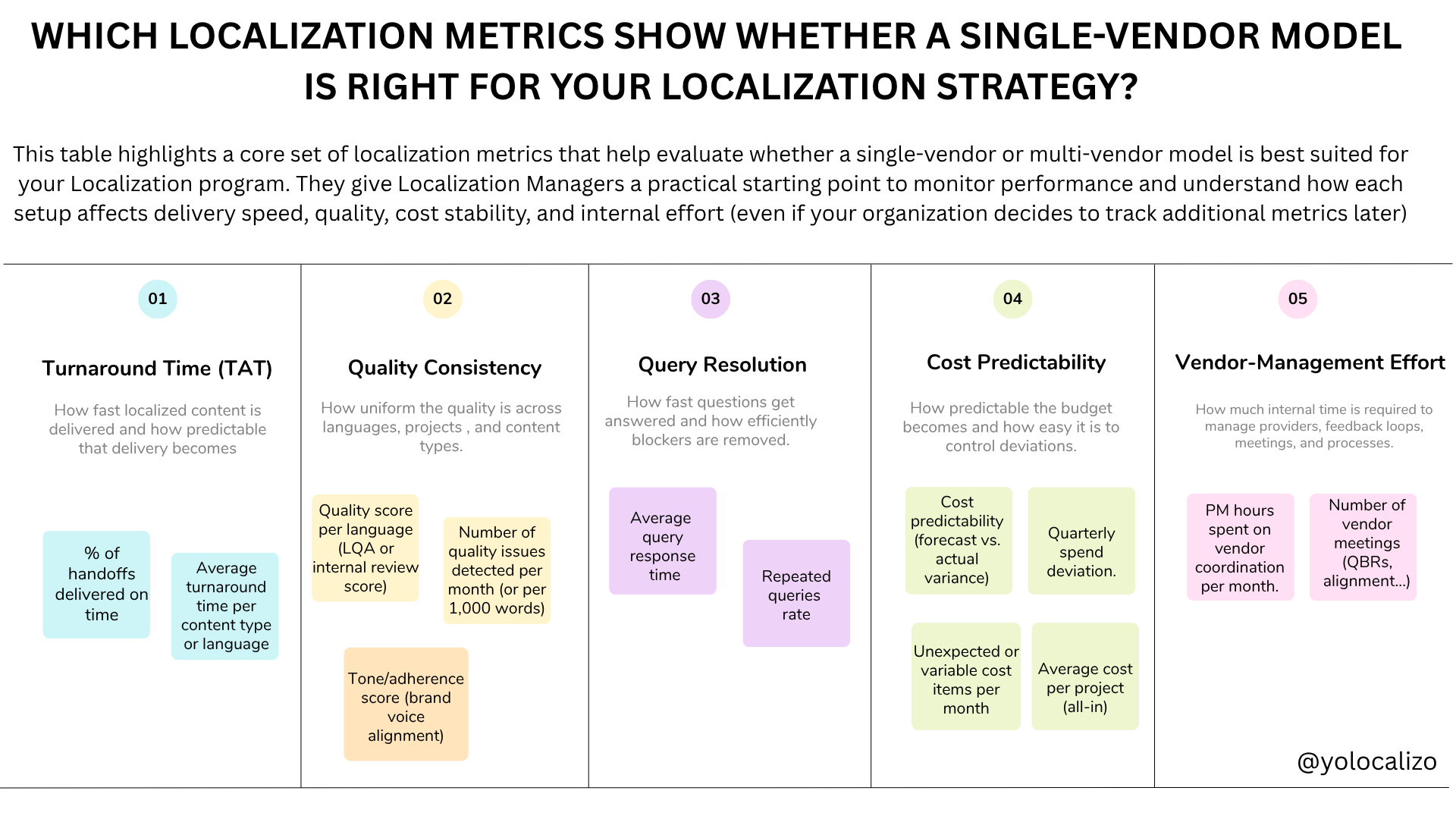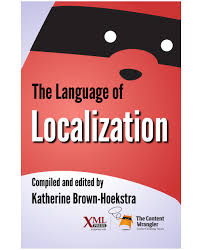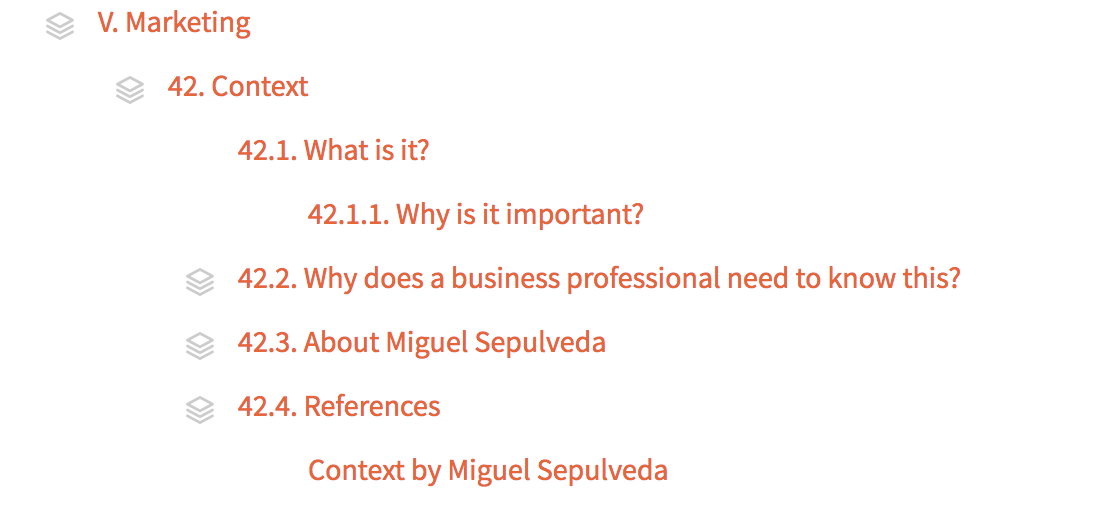The 7 dimensions for Localization Vendors on boarding
One of the aspects that I like most about the G-location industry is the sense of camaraderie that exists. We are like a great little family! The barriers between clients and suppliers are often blurred, the barriers between managers and direct reports also disappear, and the only thing that remains is the desire to collaborate; the desire to share experiences and to help each other! I love that feeling and that spirit of collaboration. This week I had the fortune to be invited to a meetup in Barcelona to talk about the topic "Achieve translation quality through vendor training and translator communication". Together with other colleagues in the industry, we talked about what is important when training a new LSP, we also talked about different areas that are important to pay attention to so that the collaboration between client and supplier can be successful. It was a good afternoon and we discussed many topics! But unfortunately, we did not have time to cover even more areas that are also interesting. And… as it says, “time flies when you are having fun !!.
The theme of the meeting "Achieve translation quality through vendor training and translator communication" gave a lot of exchange of ideas among the attendees of the event.
And as indicated above, in the localization industry the barriers between customers and suppliers disappear, and this is great, since considering vendors as an extension of our internal teams is the only way to achieve flawless localization quality.
Random thoughts written in a piece of paper in the bus while going to the Meetup event
Rain, rain and rain ...soon I'll have a lake in the garden!
In these events there are so many things to tell, so many things to share that unfortunately, we don’t have time to cover the different areas ... so now when I was seeing the mind map that I prepared on the bus going to the event I realized that there were some topics that we did not have time to comment. So taking advantage of a pretty winter day still here ... with rain and 2 degrees (oops, c'mon Spain it's mid-March, it should be sunny I should be in a terrace having a beer with patatas bravas!) I thought it would be a good time to write a post that covered the different topics that I did not have time to cover during the meetup ... let's see how this post goes! The rain I see from my window, and a cup of steaming Arabic coffee while listening to the great Ludovico Einaudi (playlist here) should help to find inspiration. Here we go! In my opinion these are the 7 dimensions that should include any process of LSP on boarding and vendor collaboration
1. Communicate expectations
a. Stable team. Customers like to establish relationships with vendors, for that reason working with a vendor that continually changes our point of contact is problematic. Having a contact and knowing the name is important to work on the human relationship.
b. Innovation The vendors are in an unbeatable situation to suggest new ways of working, new processes, new tools ... by the minds of their Engineers, Project Managers and Translators go hundreds, thousands of files every day and they are exposed to many different situations. The problems they have seen with other clients could help us not to have the same problems. For this reason, clearly communicating to the vendor that we would like to establish a relationship in which innovation is important is a good idea.
c. We are partners. That is the relationship that I personally like to look for. No customers -provider. The relationship should not be to do a service, pay the PO and that's it, no, in my opinion, a vendor gives an incredible value to our localization services, for that reason we have to explain from the beginning that we would like to see proactivity and innovation on the other hand
d. Do we grow together? In any on boarding process, or in any relationship with our vendor, we must be very direct and understand if they have the capacity to grow in the number of resources we need. If we are working with a project of 100,000 words in 5 languages; but there is a possibility that the project will be expanded to more languages .. we should explain this to our vendor during the on boarding the aligning expectation phase, also if the number of words will increase, we should explain it as well. There is nothing more frustrating than investing in an LSP onboarding, and when the onboarding is done and the relationship is getting strong, then we realize that the vendor does not have the capacity or structure that we really need for our services. thinking about the medium term ...
2. Quality
a. There is nothing more subjective in our industry than the perception of quality, in many cases, we face the terrible feedback of "This translation sounds weird". When the grammar is correct, the terminology is correct and everything is correct ... but we are not convinced by a received translation… then we must clarify from the beginning how we will act in those cases. Covering this section in the process of onboarding a vendor is key to avoid future frustrations in our vendor-provider relationship.
b. We must establish Ground rules in which we specify how we will value quality, we must be able to explain when the quality is good or bad. If you want to go deeper into this topic you can consult these posts in which I talk about quality and subjectivity.
3. LocKit
a. A good localization kit is the holy grail of an onboarding process with our language partner. And it is the roadmap that should accompany us during the whole process of collaboration with our partners. During the onboarding phase, it is a great help that we explain the different sections to ensure that the tone of voice of our application, the style and the glossary are clear. A good localization kit is essential to get a quality of localization that is up to our expectations! Do you want to dig deeper into how to create a good localization kit? Do not hesitate to check out this complete post from Net-Translators. Very informative and getting to the point!
4. Scheduling
For every single Project, we might get involved it is very important to find the right balance between schedule and quality. If we assign fewer translator we will create more consistency but we will deliver later ... if we want to deliver soon we can assign more resources but we will need to learn how to deal with the changes and the maintenance. Being clear with the schedule from the beginning with our LSP is essential. It is important to talk about the expectations we have about deliveries and about possible delays. Check HERE for a post I wrote about this topic.
5. Context
Giving context to the work of our team of external translators is so important that I do not get tired of repeating it and writing about it. A vendor is not seeing our product all day, is at home or in an office thousands of kilometres from the software is create, giving context to the text they have to translate is essential to avoid what I explained earlier “this translation sounds weird”. The subject interests me so much that I even collaborate writing a chapter of the book The Language of Localization for XML Press. Amazon link HERE
If there is no context our LSP will be lost, the language is full of synonyms and double interpretations. Giving context to find the correct interpretation is fundamental.
6. Goals
In this section, aligning expectations is fundamental. We have to explain from the beginning to our partner what we expect from them. We must be able to transmit our goals in a clear, unambiguous way. If we are not clearly explaining our goal, how will our LSP help us? In this post, I discussed the issue of transparency and expectations. Do not hesitate to read it if you are interested in this topic
7. Communication
Communication is the key to success in any relationship, and that includes the relationship with our vendors. We have to make sure from the start that it is clear that we establish basic rules about how we are going to focus communication. These ground rules must include a series of basic principles such as:
i. What channel/tool will we use to communicate?
ii. What are the average and maximum time that we consider correct since a translator asks something until the doubt is resolved?
iii. Will there be videoconferences between LSP and the client to talk about the status of the project? In the event that it is, how often? Once a week, every 2 weeks, every month?
iv. It is also important to define if status report is necessary and agree on the format we want and the frequency of them.
The work of an LSP is not easy, and sometimes it is ungrateful, as in many cases it is not sufficiently appreciated how complex the task of localization is, and unfortunately, in our industry rarely does a headline appear to celebrate that a translation is very good! It is usually the other way around when there is a localization fail or a lost in translation situation is when our industry attracts the look of the outsiders.
My hope is that perhaps supporting us in these 7 dimensions that I have summarized above we can help each other to do a good job.
And that's all! For now!, thanks to the organizers of this event for providing us a space to collaborate, share and help us find inspiration. Check details of Meetup here and feel free to subscribe to future events brilliantly organized by Hristina, Valeria, and Cristina. Amazing job these localization geeks are doing to provide Barcelona with the first meetup group related to the location industry, bravo! Keep up the good job ladies!
Have a nice week everyone!
@yolocalizo


















This feels like a pivotal moment. Localization teams are being asked to support more markets, move faster, use AI responsibly, and show impact, not just output. Expectations are higher than ever, but many teams are still trained mainly for execution. We are strong at delivering localization work, yet we often struggle to move from output to outcome and to clearly explain the impact of what we do.